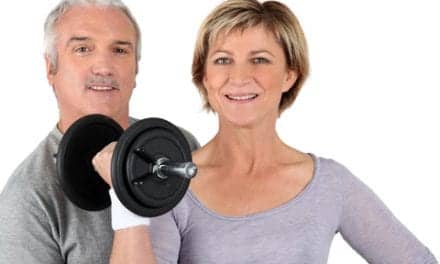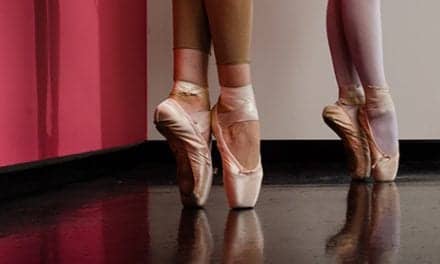Researchers at Neuroscience Research Australia may have identified a new way to improve recovery after a stroke, finding that some stroke patients may have a distorted or “scrambled” representation map of their hand.
This means that, according to a release from Neuroscience Research Australia, that when a patient is touched in one location on the hand, they perceive the sensation as originating from another site on the hand.
Per the release, findings from a recent study suggest that it is possible to correct this “scrambled” map in stroke patients, which the researchers suggest could lead to improved motor functioning.
“This new evidence means that we can now focus on creating new rehabilitation strategies that can help patients to regain normal sensation and fine motor skill after a stroke,” says Ingvars Birznieks, PhD, one of the researchers, in the release.
“As there is little awareness of this condition, we think that this dysfunction may be more common than previously thought. It is generally not detected during routine neurological examination and patients themselves are not aware of it,” he continues in the release.
This sensory mismatch results in difficulties to perform skilled movements requiring fine control, such as using a knife and fork or a pen. Current rehabilitation strategies to regain hand and arm function after stroke largely focus on regaining movement. However, the ability to simply move a limb is not enough as proper use of our hands relies on sensory information about the objects we touch, the release explains.
“Would you be able to pick a raspberry or hold an egg with numb fingertips?” Birznieks asks, in the release.
These new findings may explain why some stroke patients cannot regain the dexterity of hand movements for years following a stroke.
“Increasing awareness and understanding of this dysfunction will help to identify the affected patients,” Birznieks states in the release.
“By developing relevant rehabilitation strategies designed specifically to normalize tactile representation maps, we hope to improve their chances to regain fine sensation and control over the affected hand,” he continues.
[Source(s): Neuroscience Research Australia, Medical News Today]





